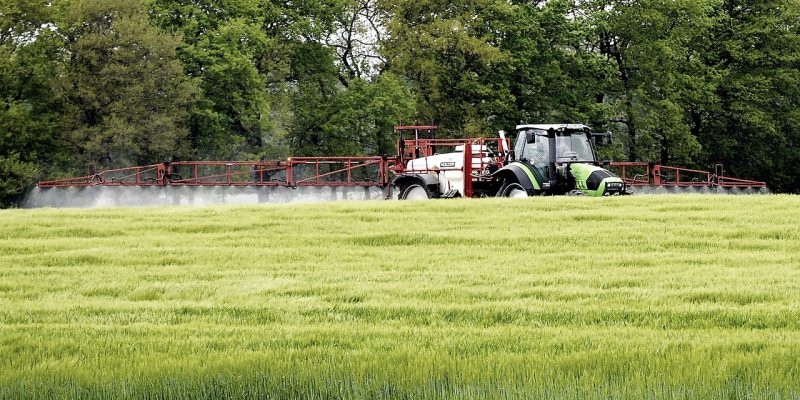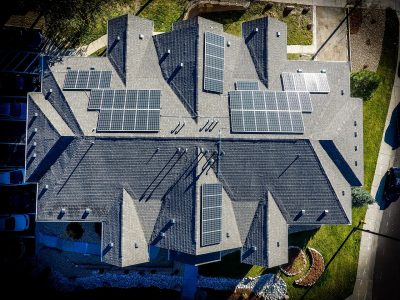In today’s rapidly changing world, the requirement for sustainable agricultural practices has become more critical than ever. A synergistic approach combining sustainable agriculture and bioresource technology has emerged as a promising solution. This is to meet the growing demand for food while preserving our natural resources. This innovative approach maximises productivity, minimises environmental impact, and promotes resource efficiency by integrating ecological principles and advanced technologies.
This article will explore the key concepts and benefits of this comprehensive approach, shedding light on how it can transform conventional farming into a sustainable and resilient system that ensures food security for future generations while safeguarding our planet. Read on to know more about sustainable agriculture and bioresource technology.
Benefits of Sustainable Agriculture and Bioresource Technology
Sustainable agriculture and bioresource technology offer numerous benefits that contribute to the well-being of both farmers and the environment. Here are some key advantages:
- This approach minimises synthetic fertilisers, pesticides, and herbicides by adopting sustainable practices such as organic farming, precision agriculture, and agroforestry. It helps preserve soil health, prevents water pollution, reduces greenhouse gas emissions, and promotes biodiversity conservation.
- The synergistic use of bioresources, such as compost, crop residues, and bioenergy, optimises resource utilisation and reduces waste. It enhances nutrient cycling, improves soil fertility, and minimises reliance on non-renewable resources, contributing to long-term agricultural sustainability.
- Sustainable agriculture and bioresource technology are essential in mitigating climate change impacts. Carbon sequestration in soils, adoption of climate-smart practices, and renewable energy generation from bioresources contribute to reducing greenhouse gas emissions.
- By implementing sustainable practices, farmers can enhance their economic viability in the long run. Efficient resource management reduces input costs, and diversification of income streams through bioenergy production or value-added products. This contributes to increased profitability and resilience against market fluctuations.
- This approach focuses on maximising food production while ensuring the safety and quality of agricultural products. Sustainable practices result in healthier crops, reduced contamination risks, and improved food safety standards. It enhances food security for local and global communities.
- Sustainable agriculture and bioresource technology empower rural communities by promoting local food systems and fostering social equity. It supports small-scale farmers, encourages knowledge sharing, and strengthens community resilience.
- Considering the ecological, economic, and social aspects of farming, this approach ensures long-term sustainability and resilience in agricultural systems. It promotes regenerative practices, adaptive management, and continuous innovation. Enabling farmers to meet the needs of the present without compromising the ability of future generations to meet their own needs.
Steps to Begin
To begin with sustainable agriculture and bioresource technology:
- Educate yourself about sustainable practices and attend training programs.
- Assess your farm to identify areas for improvement.
- Set goals for reducing chemical inputs, improving soil health, and conserving resources.
- Improve soil health through organic matter management and cover cropping.
- Utilise precision agriculture techniques to optimise resource use.
- Implement Integrated Pest Management strategies to reduce synthetic pesticide reliance.
- Consider diversifying your farm with multiple crops or agroforestry systems.
- Explore renewable energy options and utilise bioresources effectively.
- Network with sustainable agriculture organisations and collaborate with fellow farmers.
- Stay updated with research and innovations in sustainable agriculture.
Remember, this is a gradual process, so start small and adapt as needed.
Conclusion
Are you ready to make an impact on the environment while ensuring the future of your farm? Embracing sustainable agriculture and bioresource technology is the way forward. By implementing organic practices, optimising resource use, and integrating renewable energy, you can enhance soil health, conserve water, and increase profitability. Join the movement towards sustainable farming and enjoy the benefits of resilient ecosystems, healthier crops, and long-term economic viability. Start today and be a part of the solution to secure a sustainable and prosperous future for agriculture and the planet.




















